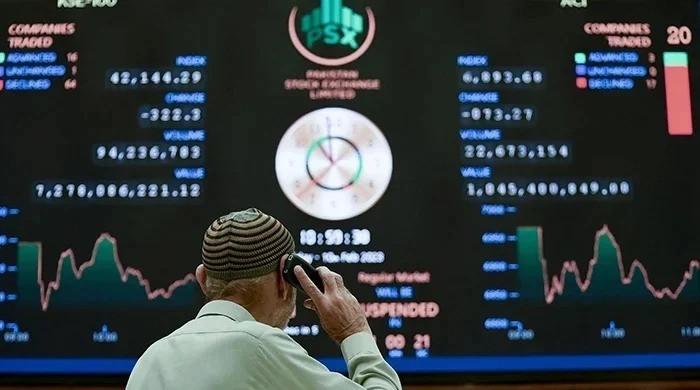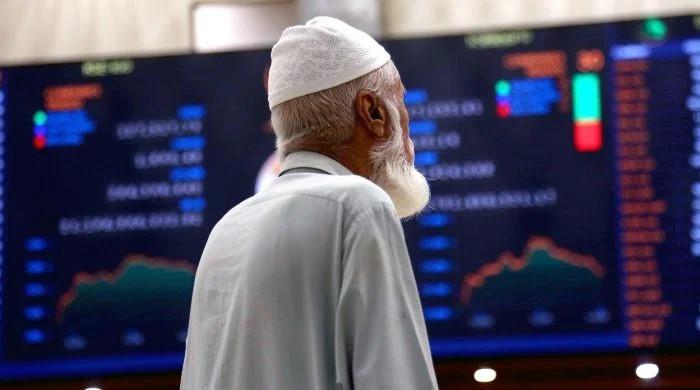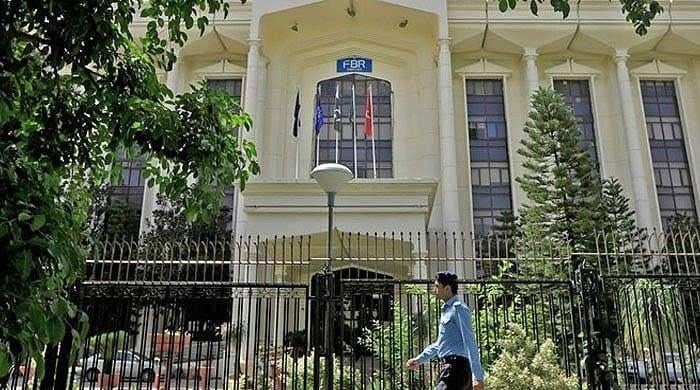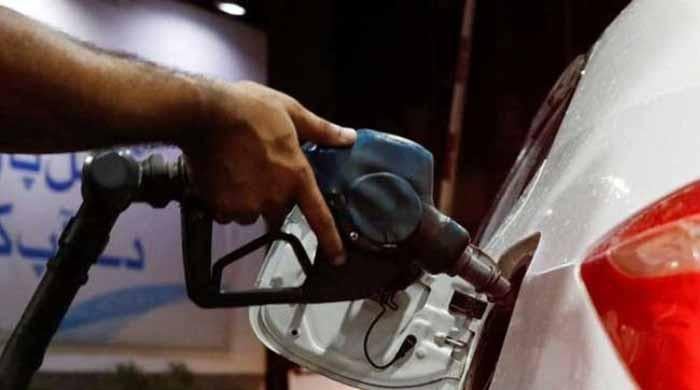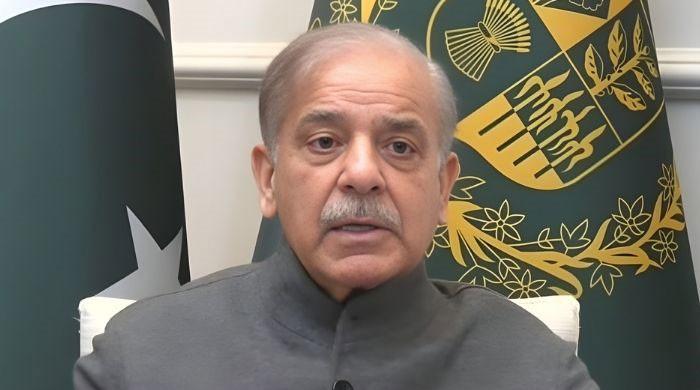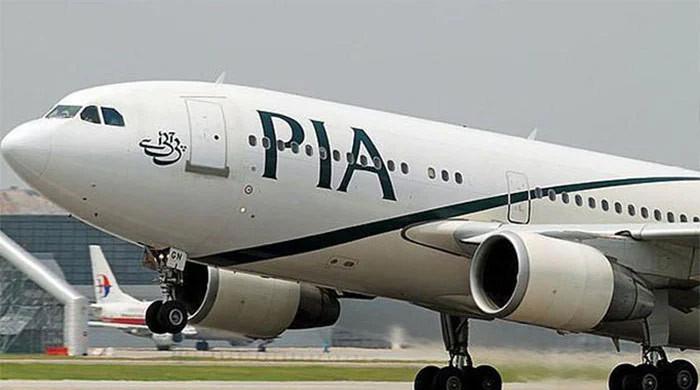Inflation in double digits again after 5 months, skyrockets to 11.5% in November
On a month-on-month basis, inflation soared by 3% owing to significant changes in 3 indices — transport, food, housing and electricity
November 30, 2021
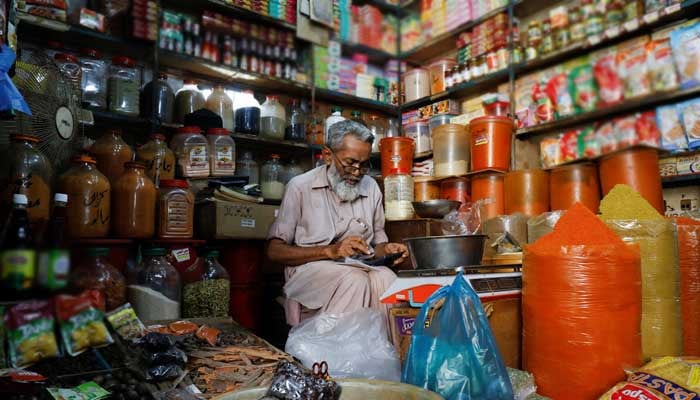
- On a month-on-month basis, inflation soared by 3% owing to significant changes in three indices — transport, food, housing and electricity.
- According to AHL, the inflation for the month of November is the highest in 21 months.
- The average inflation rate for July-November of FY22 came in at 9.32%, according to the PBS.
November saw a double-digit increase in prices of consumer items as inflation edged up to 11.5% from 9.2% in October, showed data released by the Pakistan Bureau of Statistics (PBS) on Tuesday.
In a surprise move, the data-collection agency released the inflation data a day earlier than scheduled. While analysts had already anticipated the inflation to be double-digit, the current CPI inflation was beyond their expected targets.
On a month-on-month basis, inflation soared by 3% owing to significant changes in three indices — transport, food, housing and electricity.
According to Arif Habib Limited (AHL), the inflation for the month of November is the highest in 21 months (February 20: 12.40%).
Speaking to Geo.tv, an analyst from AHL, Sana Tawfiq, said that the inflation rate was on the way beyond the market expectation.
“An increase of 3% on a month-on-month basis came on the back of three sectors — food, transport, and housing and electricity," she said.
Tawfiq elaborated that a 3.9% increase in food group month-on-month was higher than the expected “and wasn’t reflected in the weekly sensitive price index (SPI).”
Meanwhile, the over 6% increase in transport group was in line with the targets estimated.
Endorsing her view, Pakistan-Kuwait Investment Company's Head of Research Samiullah Tariq said that inflation skyrocketed because of the fuel cost adjustment, which is reflected in the 6.31% increase in the transport group.
The national data-collecting agency has reported the latest inflation figures after the Monetary Policy Committee meeting this month. The meeting had jacked up the benchmark policy rate by 150 basis points t9o 8.75% for one month.
The Wholesale Price Index (WPI), which captures prices in the wholesale market, also rose sharply by 27% in November compared to 5% in the same month a year ago.
The government has set the average inflation target for the ongoing fiscal year within the range of 7-9%, however, Tawfiq stated that keeping in view the economic indicators, it is expected that the inflation will exceed the set target by the end of this year.
The PBS reported that the overall inflation rate recorded an increase in both the urban and rural areas. The inflation rate in urban areas edged to 11.5% in November and rural areas surged to 10.9% over the same month of the last year. In November last year, the inflation rate in urban areas was 8.3% meanwhile, in rural areas it stood at 10.5%.
The food inflation rate in villages and cities dropped to 7.2% and 9.4% on a yearly basis. In October 2020, food inflation for villages and cities clocked in at 13.9% and 17.7% respectively.
The non-food inflation rate was recorded at 11.9% in urban areas and 8.6% in rural areas compared to 13% and 16.1% in the same month of last year.
Core inflation — calculated by excluding food and energy items — rose by 7.6% in urban areas and by 8.2% in a rural area during the month under review, reported the national data collecting agency
The food group saw a price increase of 10.47% in November from the same month a year ago. Within the food group, prices of non-perishable food items surged by 13.56% on an annualised basis meanwhile the prices of the perishable goods were effectively reduced by 3.63% year-on-year.
The inflation rate for the housing, water, electricity, gas, and fuel group — having one-fourth weight in the basket — rose by 14.75% (year-on-year) during the outgoing month.
Average prices for the clothing and footwear group increased by 9.79% in November. Prices related to transportation surged by 24.43% (year-on-year).
On a month-on-month basis, the price of tomatoes skyrocketed to 131.64%, followed by an 11.6% surge in mustard oil, 10.87% increase in vegetable ghee, over 10% in eggs, according to the PBS. The prices of cooking oil, potatoes, honey and fruits recorded an increase of 9.71%, 8.85%, 5.61% and 4.37% in the outgoing month.
Meanwhile, liquefied hydrocarbons, motor fuel and electricity charges surged by 16.32%, 8.4% and 8.32% during the period under review.
The average inflation rate for July-November of the current fiscal year came in at 9.32%, according to the PBS.
Tawfiq predicted that in the next monetary policy, scheduled to be held on December 14, the central bank is expected to increase the policy rate by 75-100 basis points.
"Going forward, inflation is expected to remain high, however, it depends on three factors; monetary policy, food prices and oil prices," the analyst added.
“Oil prices have dropped in the international market, we will have to see if the government passes on the benefit to the people or not,” she said.
Meanwhile, Tariq predicted that the CPI inflation for next month would stay above 10%.




